In-Depth
Windows 10 Hardware: More of the Same, but This Time That's OK
Microsoft's OEM partners have a lot of systems ready to go for Windows 10, because they're pretty much the same PCs they've honed or Windows 8.1.
There's no question that Windows 10 got off to a weird start from a hardware ecosystem perspective. And to be fair, that odd start was expected. It was part of hardware partners' long-stated plan, largely the result of factors outside of their control, thanks to a huge change in the way the new OS bits were delivered to them.
The Windows release cycle has historically been a boon to the entire computer industry. Microsoft's Windows software engineers would huddle with computer makers' hardware engineers for years ahead of a release. Gold code discs would get helicoptered out to OEMs weeks before general availability, and those hardware partners would rush new flagship PCs into retail for launch day.
The process has been breaking down over the last several releases as the market power of both Microsoft and the PC generally have declined amid an onslaught of smartphones, non-Windows tablets, Macs, Chromebooks, declining PC prices and the global recession that hit just as Windows 7 should have been gaining initial momentum. With the Windows 8 paradigm-shattering interface that confused users, and with the Microsoft Surface hardware plans that annoyed OEM partners, Microsoft arguably hastened its own decoupling from its hardware partners.
From a UI standpoint, Windows 10 looked like it would meet users halfway between Windows 7 and Windows 8.1, with some major improvements thrown into the bargain. It seemed like a last waltz with OEMs might be possible, a reflection of the glory days last seen in 2001 with the release of Windows XP. But then Microsoft shocked the industry with the early-2015 announcement that Windows 10 would be a free upgrade for non-volume licensing customers of Windows 7 and Windows 8.1. With hardware requirements similar to the previous two releases and no upgrade costs, Windows 10 suddenly looked like the first Microsoft OS in more than a decade that customers would be eager to upgrade to without buying a new PC. OEM translation: No big Windows upgrade cycle sales bump.
Some OEMs are taking that in stride. In a press briefing on July 28, one day prior to the public release of Windows 10, Mike Nash, vice president of product management at Hewlett-Packard Co. and a onetime senior Microsoft executive, urged customers to download the new OS on their existing machines and get a good feel for it. Though no OEM is going to say not to buy a new system, the implication was that the best is yet to come.
"We've been working with Microsoft from the very beginning on Windows 10. As a result, we had the opportunity to design our entire 2015 portfolio with Windows 10 in mind," Nash said during a conference call with media and analysts. "Whether you buy a product that comes from the factory with Windows 10 or you have one of our products that came with Windows 8.1 and you upgrade in the field, it's going to deliver a great Windows 10 experience. We're really confident about that."
According to HP's own research, 22 percent of those it surveyed earlier this year said they'll purchase a new device, while 44 percent will upgrade their current system. Given the falloff in PC sales, the clear hope for OEMs like HP is that users will like Windows 10 so much that they'll ultimately want new hardware that takes advantage of its features. And because HP and others are still readying new hardware, the notion of "try before you buy" will suit them well.
"The upgrade becomes a way for you to demo and try out Windows 10," he said. "Especially the enterprise customers may decide they want to reimage devices rather than doing an upgrade in place. We've got great tools to help with imaging and deployment. In particular making sure all the soft packs for the drivers are there, so the device is there; it's very easy to create your own custom image that has the right device drivers or tools necessary to make an existing PC work well with Windows 10."
The OEMs, operating within the narrow margins of the PC hardware business, are trying to maximize their Windows system sales right through the release so as not to miss any initial wave of replacements among the 600 million Windows 7 systems that Microsoft has estimated are more than 4 years old and ripe for replacement.
"Given the normal planning and release cycles for our products, we didn't know exactly when Windows 10 would ship, so we planned our entire 2015 portfolio to be Windows 10-ready even though some of these products would initially ship with Windows 8.1, and in some cases Windows 7," Nash wrote in a June blog post.
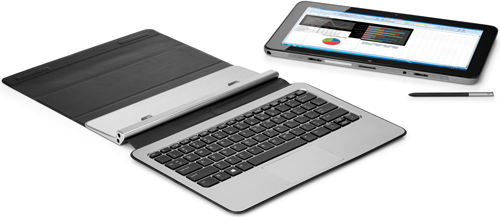 [Click on image for larger view.] The HP Elite x2 1011 2-in-1 separates from a laptop into a tablet, and includes a WiGig enterprise wireless dock.
[Click on image for larger view.] The HP Elite x2 1011 2-in-1 separates from a laptop into a tablet, and includes a WiGig enterprise wireless dock.
The result was a raft of systems that were ready to go as soon as Windows 10 was formally launched on July 29. HP had systems lined up from about 10 product families. Lenovo also had several lines set at launch. Dell Inc. proclaimed itself ready to start shipping 70 configurations of laptops, 2-in-1s, desktops and all-in-ones a day ahead of the launch. "In North America those orders will start shipping today with free next-day delivery," Dell said in a statement on July 28.
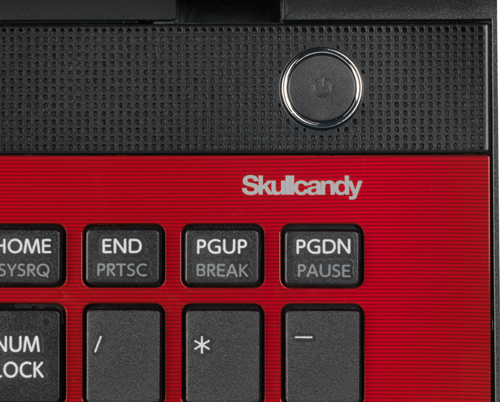 [Click on image for larger view.]
The power button and top row of keys for the Toshiba Satellite L50-C.
[Click on image for larger view.]
The power button and top row of keys for the Toshiba Satellite L50-C.
Toshiba America Information Systems Inc. rolled out some new systems in August that will ship with either Windows 10 preloaded or Windows 7, with upgrade rights to Windows 10 for the life of the machine. The company added new Tecra units with enterprise features for small to midsize buinesses (SMBs) -- the new A50 -- new Encore 10 tablets with detachable keyboards loaded with Windows 10 Professional designed to run 64-bit applications and the Portégé Z20t, the Portégé Z30t and Tecra Z40t performance ultrabooks. "We're working with our channel partners to be able to satisfy the needs of small business owners," says Cindy Zwerling, director of product and channel marketing at Toshiba.
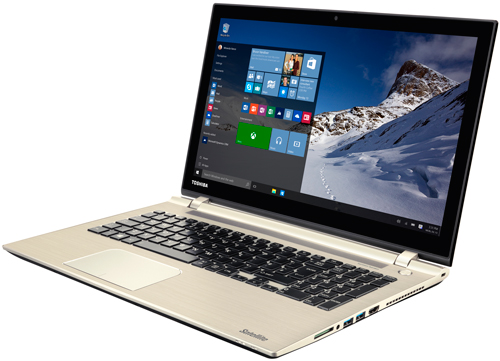 [Click on image for larger view.] Like many systems that originally shipped with Windows 8.1, the Toshiba Satellite P50-C was ready to be reimaged with Windows 10 at the factory and fully capable of handling the new OS.
[Click on image for larger view.] Like many systems that originally shipped with Windows 8.1, the Toshiba Satellite P50-C was ready to be reimaged with Windows 10 at the factory and fully capable of handling the new OS.
The flipside is that there are no industrywide flagship systems that break new hardware ground and seem exclusively built for Windows 10 in these early weeks after general availability. As of press time, Microsoft remained mum about a follow-on to its highly successful but aging Surface Pro 3, although here were some rumors that Microsoft and its OEM partners were planning a launch event for Windows 10 systems later in October. For now, the company, like its OEM partners, played up support within the existing Surface Pro line for Windows 10 upgrades.
Windows 10 does have significant features that can be lit up in hardware. The most notable is Windows Hello, which allows biometric authentication either via facial recognition, iris scanning or fingerprint scanning.
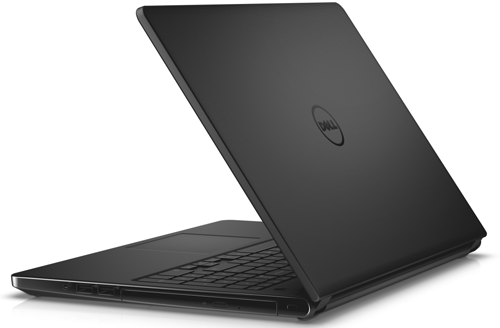 [Click on image for larger view.] The 5548 model in the Dell Inspiron 15 5000 series is one of the laptops with an Intel RealSense 3D Camera aboard, allowing use of some of the new Windows Hello authentication methods.
[Click on image for larger view.] The 5548 model in the Dell Inspiron 15 5000 series is one of the laptops with an Intel RealSense 3D Camera aboard, allowing use of some of the new Windows Hello authentication methods.
The Intel Real Sense 3D cameras that started popping up in systems in the months before the Windows 10 release do support some of the Hello features. "If your computer has an Intel RealSense 3D camera you will be able to take advantage of Windows Hello once you've upgraded to Windows 10," Microsoft noted in a late-July blog. Laptops sporting RealSense 3D cameras at launch included ASUS models such as the N551JQ, G771JM and X751LDC, as well as the Aspire V 17 Nitro series. HP Envy 15t Touch laptops, Dell Inspiron 15 5548 models and the Lenovo ThinkPad Yoga 15 and ThinkPad E550 also include the camera. All-in-one devices with the Windows Hello-supporting camera include models from Lenovo, Dell and HP.
 [Click on image for larger view.]
The hinge that launched a dozen designs. The Lenovo YOGA 3 Pro updates the 360-degree hinge that's becoming one of a few de facto standards for 2-in-1 system designs.
[Click on image for larger view.]
The hinge that launched a dozen designs. The Lenovo YOGA 3 Pro updates the 360-degree hinge that's becoming one of a few de facto standards for 2-in-1 system designs.
It's not a flagship, but the 360-degree-hinge design that Lenovo pioneered with its Yoga line is becoming a de facto standard across the critical 2-in-1 category. Windows 8 saw experimental designs, such as screens that rotated gyroscope-like within frames. Several companies are riffing on the Lenovo hinge that allows the screen to be folded all the way from a regular laptop position to a back-to-back position with the keyboard to create a tablet. In between, the PC can be placed as a stand or a tent with the screen upside-down. Both Toshiba, with the Satellite Radius, and HP, with the Pavilion x360, the ENVY x360 and the Spectre x360, are leveraging flexible hinge designs.
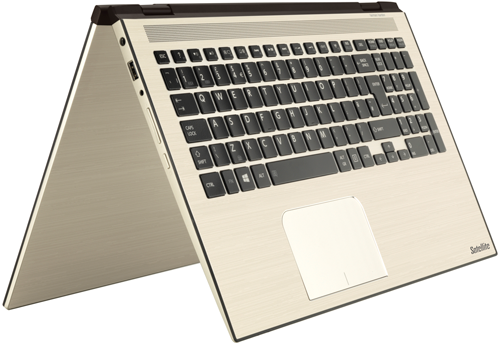 [Click on image for larger view.] The Toshiba Satellite Radius 15, like several of the Hewlett-Packard models with x360 in the name, features a fully flexible hinge.
[Click on image for larger view.] The Toshiba Satellite Radius 15, like several of the Hewlett-Packard models with x360 in the name, features a fully flexible hinge.
Some of the other Windows 8 generation of 2-in-1 configuration innovations remain important. An example is the HP Elite x2 10111, a laptop with a screen that can be pulled off for use as a tablet. The Microsoft Surface Pro 3 is a prime example of that same idea but from another direction -- a PC-powered tablet with a very lightweight, attachable keyboard.
At the same time, Acer is probing the value limits of the market with a Windows 10 laptop priced to compete with Google Chromebooks for consumers and education customers. The Aspire One Cloudbook 11 was supposed to ship in North America in August at a starting price of $169. A larger Aspire One Cloudbook 14 is scheduled for release in September at a starting price of $199. "The Aspire One is the perfect answer for those looking for an online-oriented and portable notebook with a full Windows experience," Jerry Kao, president of Acer's Notebook Business Group, said in August. Peter Han, Microsoft vice president of Worldwide OEM Marketing, called the Cloudbook "the total package for both consumers and students."
Acer, HP and others are playing up dual microphones as an optimization for Cortana, Microsoft's digital virtual assistant technology that brings voice input into Windows 10 as a mainstream interface.
It's not just Microsoft that had computer makers waiting as the Windows 10 launch approached earlier this year. All of the new systems at launch were running either Intel 4th generation or 5th generation processors. The hotly anticipated 6th generation processors, code-named "Skylake," hadn't shipped yet.
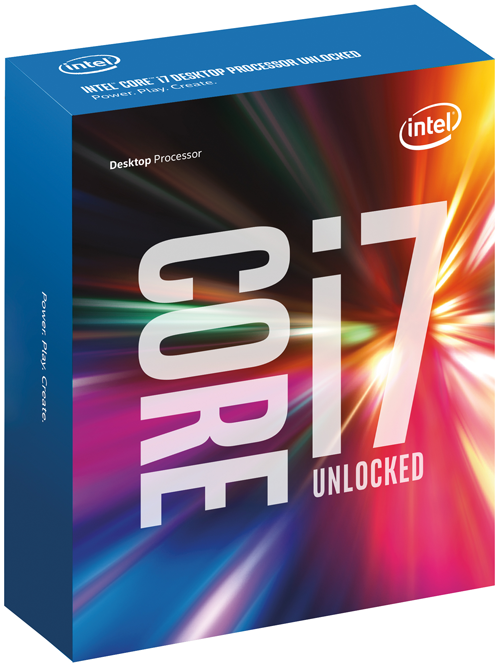 First released to gaming enthusiasts a week after the launch, the Intel Core i7-6700K processor is one of the first in the 6th generation Intel Core processor family code-named “Skylake.” Expect new systems based on Skylake to hit the Windows 10 ecosystem in the coming months.
First released to gaming enthusiasts a week after the launch, the Intel Core i7-6700K processor is one of the first in the 6th generation Intel Core processor family code-named “Skylake.” Expect new systems based on Skylake to hit the Windows 10 ecosystem in the coming months.
In early August, however, Intel made available the Intel Core i7-6700K and the Intel Core i5-6600K desktop processors and the supporting Intel Z170 chipset. "These products start laying the foundation for our 6th generation Intel Core processor family and Intel 100 Series chipset coming later this year," an Intel blogger noted.
Looking at the lineup of systems available for the critical back-to-school period, what's striking is how it's almost identical to the pre-release lineup for Windows 8.1. The key is that maybe that's enough for now. Windows 8 forced an aggressive round of innovation among the OEMs. The key advancement, which is now so ubiquitous that it's unremarkable, is the presence of a touchscreen. The leap from Windows 7 to Windows 8 saw OEMs offer a lot of reimaged systems that didn't allow touch. Those were a UI train wreck for users, and Microsoft did itself and its customers a huge disservice by trying to pretend those would be fine for use with Windows 8.
PC OEMs really put in the design hours after the Windows 8 launch and came out with solid PCs that really worked for the 2-in-1 touch paradigm. In many ways the PCs were more 2-in-1-ready than the Windows 8 OS that forced the OEMs to go there.
Now, a current reimaged Windows 8.1 system, with a touchscreen and a recent generation processor, with or without a Windows Hello-capable camera, offers a very good Windows 10 experience. In a lot of ways that was Microsoft's design goal for Windows 10, with its Continuum-branded emphasis on optimizing the combined PC-and-tablet experience. In the meantime, there are plenty of solid systems for those whose business or life requirements call for an upgrade before any purebred Windows 10 PCs start shipping in time for the holidays.
Related:
About the Authors
Scott Bekker is editor in chief of Redmond Channel Partner magazine.
Jeffrey Schwartz is editor of Redmond magazine and also covers cloud computing for Virtualization Review's Cloud Report. In addition, he writes the Channeling the Cloud column for Redmond Channel Partner. Follow him on Twitter @JeffreySchwartz.